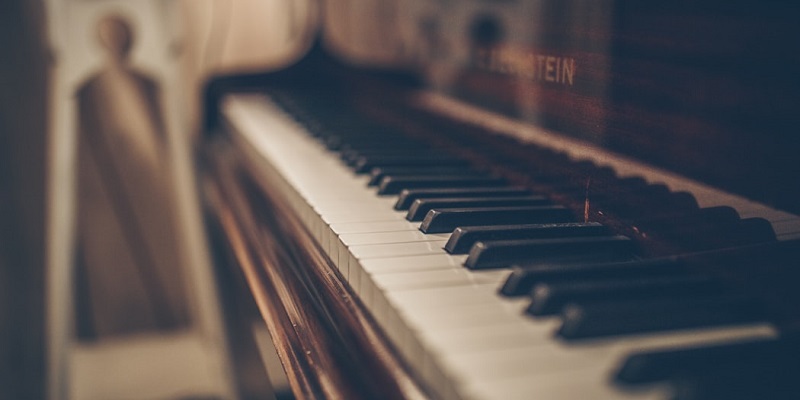
If you are filing the reed’s solder while the reed is installed, be sure that all metal shavings are cleared from the pickup before turning the Wurlitzer on. Do not file away metal from the reed itself because this is irreversible and compromises the structure and resonance of your valuable tone generator.

This is done by filing or scraping away metal from the solder mound on the tip of the reed.

In keeping with the principle that longer or larger tone generators make lower-pitched sounds, a flat reed will need to be made smaller in order to become higher in pitch.
HOW MUCH DOES A WURLITZER SPINET PIANO WEIGH HOW TO
How to raise the pitch of notes that are flat Next, it is installed on the Wurlitzer and checked for its intonation. After the solder is added to the reed, it is lightly filed smooth. Fine tuning of the reed is accomplished with a predetermined pyramid of solder added to the tip of each reed, which is applied with a reed mold. The length of the reed helps to achieve a rough ballpark pitch for each note. Reed lengths become incrementally shorter as you progress up the harp. The reed is a thin piece of metal about 1/32” thick and roughly 3/32” wide. In the case of a Wurlitzer EP, the reed’s length and mass is how each pitch is achieved. One simple principle remains the same though: longer or larger tone generators make lower-pitched notes, and shorter or smaller tone generators make higher-pitched notes. However, the tone is generated when the hammer strikes a metal reed, whereas on acoustic piano a string is being struck.

Like traditional acoustic pianos, a Wurlitzer electronic piano (or EP) has an action assembly with wooden hammers, keys, whips and dampers. A Wurlitzer electronic piano is a unique instrument that uses a piano-like action assembly to strike metal reeds of various pitches to make sound.


 0 kommentar(er)
0 kommentar(er)
